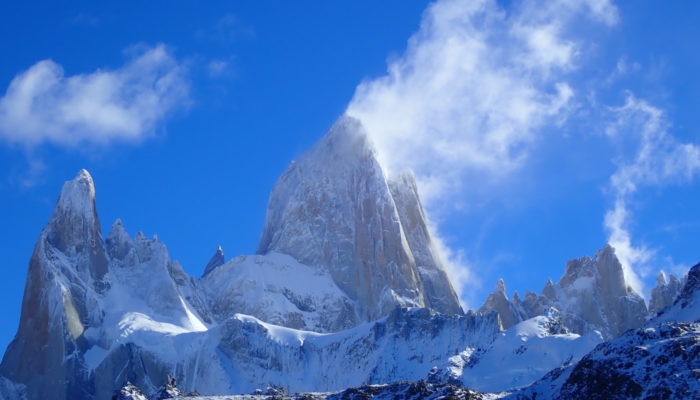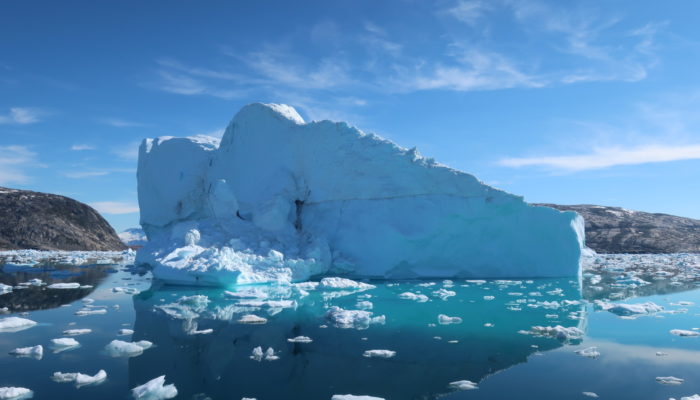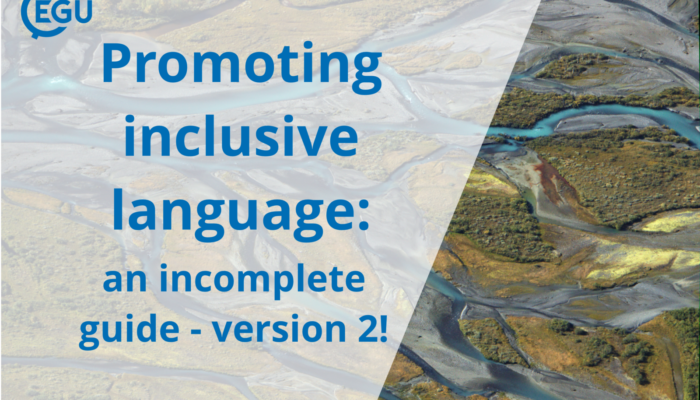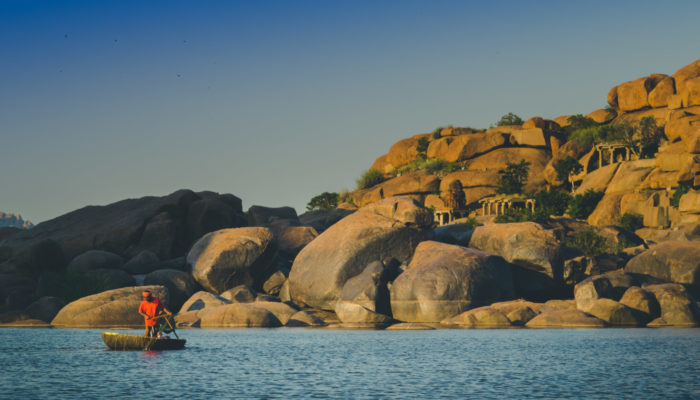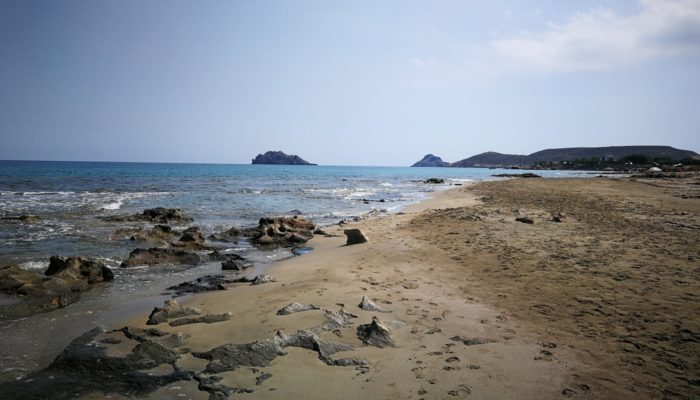The indigenous name of the 3405 meter high Fitz Roy mountain in Patagonia, on the border between Argentina and Chile, is frequently translated as “smoking mountain”. This photo may visually explain an origin of this name. On the day the photo was taken, vortices downwind of the peak drew warmer, humid air from below, forming banner clouds at the leeward site of the Fitz Roy mountain an ...[Read More]
If you didn't find what you was looking for try searching again.
Geodynamics
The Sassy Scientist – The Twelve Steps (of Academia)
Furious yet disillusioned by a bunch of anonymous reviewers, of which most have provided zero insight through their nugatory reviews and displaying unambiguous bias towards a non-inflammatory, well-worded and a scientifically substantiated manuscript, Txabi demands to know: Why are many reviewers still insisting on anonymity? Dear Txabi, There is indeed such a segment of the academic community, wh ...[Read More]
GeoLog
GeoPolicy: EGU science for policy: what’s coming up in 2021?
There were a lot of big changes to the EGU’s science for policy programme in 2020 with many of our activities, such as the annual science for policy event and science-policy pairing scheme, moving online. But 2021 promises to be an even bigger year with a greater number of opportunities to engage and activities becoming even more accessible! So, if you haven’t engaged with science for policy befor ...[Read More]
Cryospheric Sciences
Image of the Week – Icebergs increase heat flux to glacier
Icebergs are ubiquitous in Greenland’s fjords, melting and releasing freshwater as they float towards the open ocean. The amount of freshwater released from these icebergs can be vast – the equivalent of around 50,000 Olympic swimming pools per day in some fjords. New research reveals that this freshwater causes fjord currents to speed-up, which can actually increase the amount of heat delivered t ...[Read More]
GeoLog
Accessibility at EGU: Promoting inclusive language, an incomplete guide – VERSION 2!
Like all people, geoscientists can sometimes forget the importance of language. How scientists use language is important because it not only allows us to communicate effectively with different groups, from policymakers to concerned citizens and other researchers, but it can also influence how people respond on an emotional or personal level. The way we use language can even influence how much som ...[Read More]
Geodynamics
2021: 100th year of the craton concept and beyond
One hundred years back, Leopold Kober first introduced the term “Kratogen”. With time, the concept of kratogen has evolved, and they are now known as cratons. In this week’s news and views, Jyotirmoy (@GeophyJo), a PhD student from the Indian Institute of Science revisits the history of craton science: how the craton concept has evolved and what are the modern problems related to them. &nbs ...[Read More]
Hydrological Sciences
The Covid-19 pandemic cannot stop young change makers
The Coronavirus pandemic demands creativity and flexibility from all of us when we cannot meet in person any longer and need to switch to online meetings and events. Just recently, 120 upper secondary school students (15-18 years old) of four different countries around the Baltic Sea — Finland (incl. Åland), Sweden, Latvia, and Estonia — attended an online Boot Camp to kick start one of the greate ...[Read More]
Biogeosciences
vEGU21 BG4 Session highlights: Marine environments – past, present and future
The vEGU21 abstract submission deadline is tomorrow, here are a few more session highlights for you to consider submitting abstract to: BG4 – Marine and Aquatic Biogeosciences from paleo-environments to modern settings. With a focus on marine carbonate (bio)minerals as archives of environmental change, (Paleo-)environmental reconstructions from biomineralized carbonates: From the Precambrian to th ...[Read More]
Seismology
“State of the ECS”: Welcome!
Maria here. Happy new year! Starting this year, the ECS Team would like to try something new. We realised that we are your reps, but probably you have no idea who we are and what we are up to! Therefore, we will be sharing with you recent experiences, things we discovered that might be interesting to you, or just let you know what we are doing for the ECS seismology community recently. So, here we ...[Read More]
Natural Hazards
Collaboration in Science: A Necessity Not A Luxury
Collaboration in science is of paramount importance for the development of new ideas and tools that progress our common knowledge. However, you might have felt at times that, for example, the competition for funding or the inequality of access to resources have undermined collaboration opportunities. In this blog post, we host the reflections and actions of Dr Omar AlThuwaynee, who, after experien ...[Read More]

